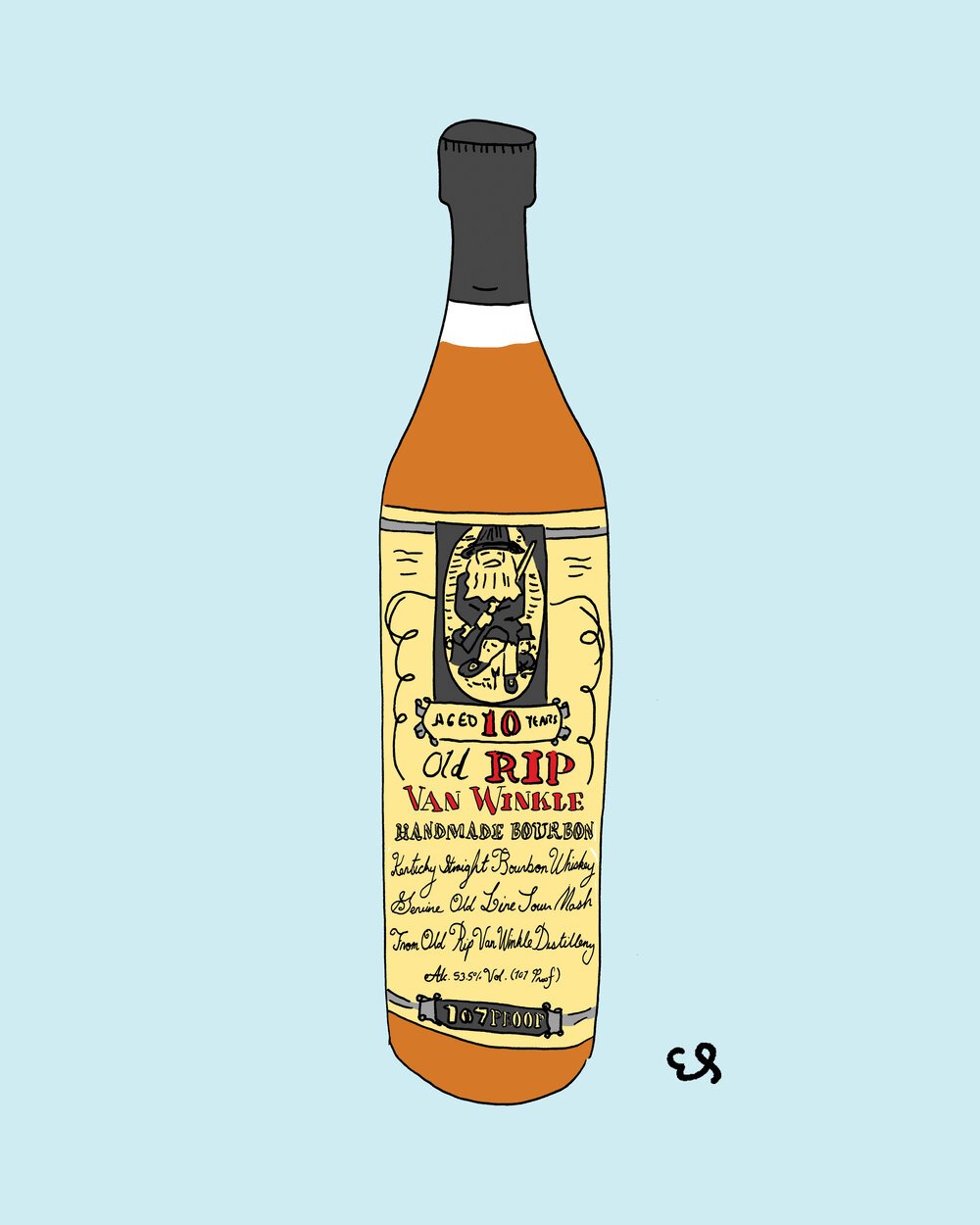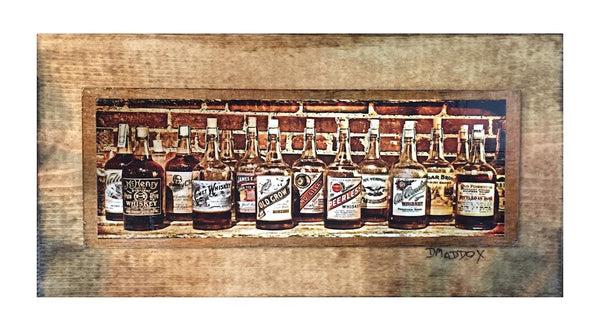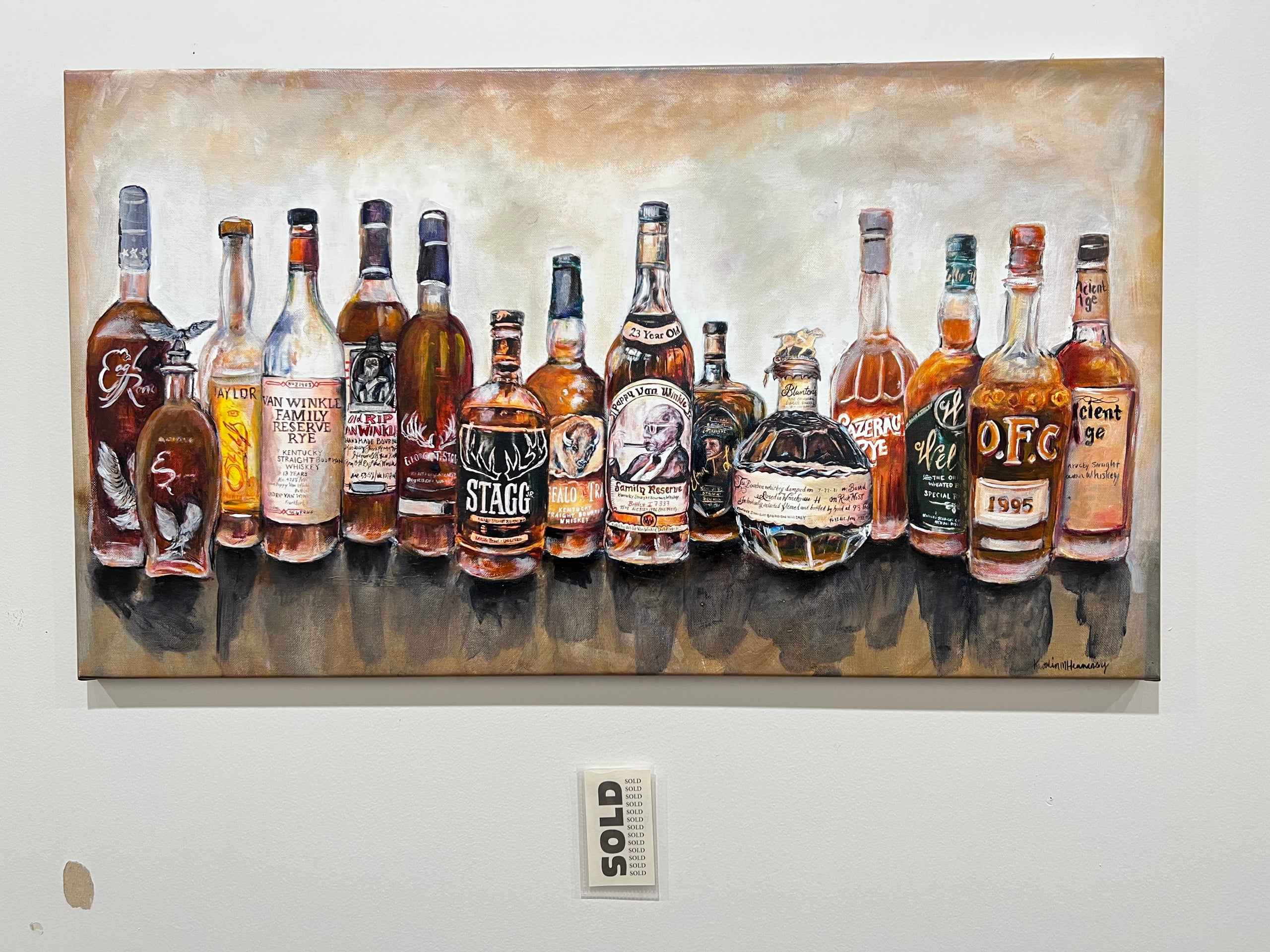Realism Art in the Whiskey Sector: Portraying Moments of Purification
Wiki Article
Recording the Significance of Bourbon Art With Unique Aesthetic Representations and Styles
The art of bourbon extends past the liquid itself, materializing through a selection of aesthetic representations that encapsulate its fabled heritage and craftsmanship. What stays to be discovered is exactly how these developing styles show not just the bourbon itself yet likewise the transforming landscape of artistic interpretation. Whiskey Art.The History of Whiskey Art

As scotch production spread, so too did the need to raise its experience with art. From the intricate engravings on early casks to the sophisticated tags of modern containers, each element shows a special creative vision, functioning as a visual narrative of the bourbon's heritage.
In the 19th and 18th centuries, the increase of the commercial change additionally boosted whiskey art, leading to ingenious product packaging and advertising and marketing that captured consumer focus. Developers and musicians started experimenting with visual appeals, imbuing whiskey-related images with symbolic definitions that shared notions of community, custom, and workmanship.
Today, scotch art proceeds to progress, mixing traditional techniques with modern art types. Limited Edition. This continuous discussion in between the spirit and its aesthetic depiction emphasizes the long-lasting bond between scotch and society, enhancing the overall experience for fanatics worldwide
Iconic Container Styles
While numerous elements add to the allure of scotch, famous bottle designs play a pivotal role fit customer understanding and improving the overall experience. The visual discussion of bourbon bottles is not just a visual consideration; it acts as a bridge in between the item and the consumer, evoking emotions and establishing assumptions.Distinctive forms, products, and closures can raise a whiskey brand's identity, making it immediately recognizable on jampacked shelves. The classic Glenfiddich container, with its stylish tapered shape, conveys a feeling of tradition and workmanship, while the strong, modern layout of the Balvenie bottle mirrors development and refinement. In addition, using colored glass or one-of-a-kind structures can suggest the top quality and personality of the whiskey within.
Legendary designs often incorporate components of cultural heritage, representing the brand name's history and connection to its roots. Brands like Jack Daniel's use an uncomplicated, robust layout that reverberates with its American bourbon heritage. Eventually, the effect of bottle style expands beyond mere capability; it encapsulates the essence of the brand name, inviting consumers to indulge and discover in the abundant tapestry of bourbon culture.
Label Artwork and Branding
Bottle styles commonly establish the phase for what customers can anticipate, yet tag art work and branding play an equally significant role in communicating a whiskey's identification. The tag acts as the initial factor of call in between the product and the customer, enveloping the significance of the scotch within its visual elements.Reliable tag art work integrates shade, imagery, and typography to produce a narrative that reverberates with the brand name's heritage and target audience. For example, a label featuring classic typefaces and detailed illustrations might stimulate a feeling of custom and craftsmanship, interesting aficionados. In contrast, vibrant shades and contemporary design components might bring in a younger market seeking technology and enjoyment.


Digital Photography and Visual Narration
Recording the essence of scotch with digital photography and aesthetic narration is an art type that boosts the brand experience. This medium goes beyond mere item depiction, delving into the detailed narratives that border each container. By utilizing compelling imagery, professional photographers can stimulate feelings that reverberate with customers, eventually creating a much deeper link to the bourbon brand.Aesthetic narration in whiskey digital photography usually utilizes rich structures, lights, and make-up to highlight the unique qualities go to this website of the spirit. The interplay of light and shadow can accentuate the amber shades of scotch, while the option of background elements-- such as rustic barrels or stylish glasses-- can enhance the brand name's heritage or way of living organizations.
Additionally, catching the ritualistic elements of scotch usage, from the pouring to the tasting, welcomes visitors right into a sensory experience, enabling them to imagine the tastes and fragrances that wait for. Each photograph not only showcases the item but also tells a tale of craftsmanship, tradition, and the minutes that scotch can enhance - Bourbon Art. Therefore, digital photography ends up being a powerful device in verbalizing the identity of whiskey brand names, positioning them within the more comprehensive social landscape
Emerging Fads in Scotch Art
The development of whiskey art is increasingly formed by contemporary fads that show more comprehensive social shifts and customer choices. One popular fad is the combination of sustainability right into art methods. Artists are currently using green processes and recycled materials to produce whiskey-themed pieces, reverberating with environmentally conscious customers. This change not only highlights the importance of sustainability however also enhances the story surrounding scotch production.Furthermore, digital art has surged in appeal, permitting ingenious depictions of whiskey. Musicians are leveraging technology to craft immersive experiences, such as enhanced fact installations that engage visitors and provide a deeper understanding of bourbon's social significance. This pattern additionally encompasses social media platforms, where visually striking material amasses focus and fosters community among enthusiasts.
Moreover, cooperations in between whiskey brands and artists are becoming much more prevalent. These use this link collaborations produce limited-edition packaging styles and unique artworks that celebrate both the workmanship of bourbon and the creative thinking of artists. As bourbon art continues to progress, these arising patterns will definitely form its future, promoting a dynamic junction of culture, sustainability, and modern technology within the scotch community.
Final Thought
Finally, the art of whiskey incorporates a varied selection of aesthetic depictions that reflect its abundant heritage and workmanship. From iconic container designs and complex label artwork to compelling digital photography, each aspect adds to a broader story that improves the consumer's experience. As arising patterns, such as electronic art and sustainability, continue to form this artistic landscape, the multifaceted identity of whiskey continues to be a sustaining source of cultural link and expedition.

In verdict, the art of whiskey includes a diverse array of aesthetic depictions that mirror its abundant heritage and craftsmanship.
Report this wiki page